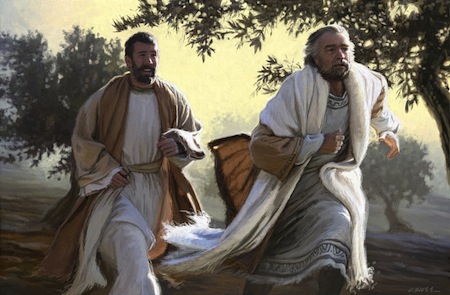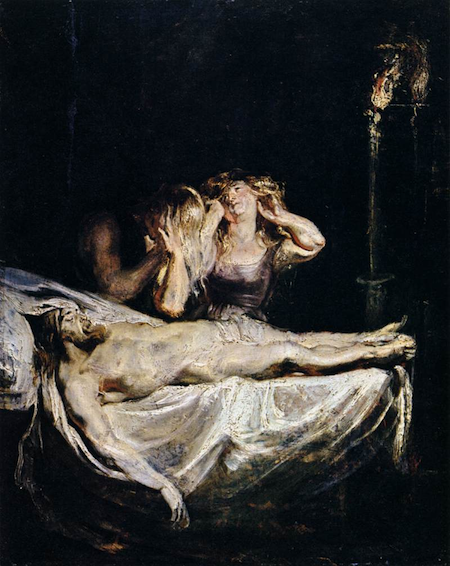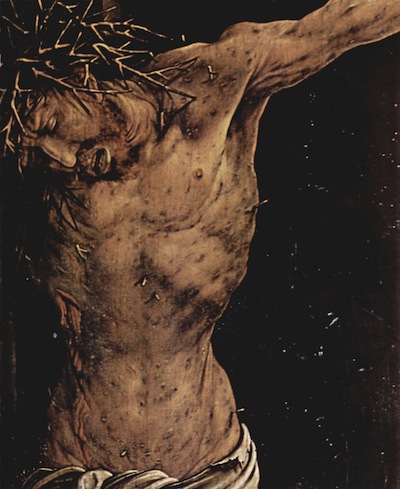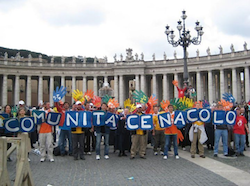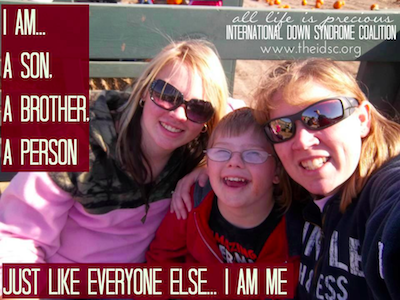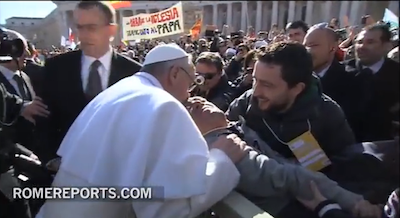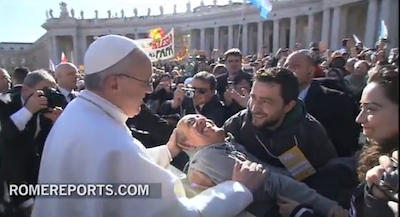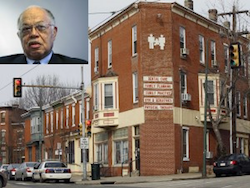 For a few weeks now, many people have been asking why there has been insufficient coverage of the trial of “House of Horrors” abortionist Kermitt Gosnell by the “liberal media.” The obvious conclusion is that they want to protect abortion rights, but, as Daniel Greenfield notes, this is not just a story about abortion.
For a few weeks now, many people have been asking why there has been insufficient coverage of the trial of “House of Horrors” abortionist Kermitt Gosnell by the “liberal media.” The obvious conclusion is that they want to protect abortion rights, but, as Daniel Greenfield notes, this is not just a story about abortion.
The issue isn’t as simple as Pro-Choice. Abortion is just the conclusion of the sordid package of social liberalism. The package begins with sex ed, complete with the obligatory LGBT mentions, runs through national STD infestations, hookup culture, single parenthood and packs of young men and women recreating the mistakes of the parents they never had and then flushing those mistakes down the toilet before settling down with three kids, by different fathers who are never around, and a package of subsidies from the welfare state administered by social workers who have seen it all.
…
It’s not a story about abortion. It’s a story about what happens when you replace the family with free love that turns out to be neither free nor love. Like teaching first graders sex ed or handing out condoms on the street, abortion is one of the ways that the liberal state tries to limit the fallout from its destruction of the family.
Read more. His assessment is a little depressing, but accurate. Abortion does not exist in a vacuum. In a similar way, Catholic Vote blogger Steve Skojec explains how the horror of the Gosnell situation (and others like him) are the result of our “collective, national obsession with sex.”
It starts by disassociating sex from procreation through contraception. Whereas marriage as a social institution was once predicated upon the idea of family-building, providing a stable environment for the raising of those children that were considered the proper fruit of the conjugal act, there is now only state-sanctioned sex, accompanied by a handful of legal rights. Of course, many have wised up to the fact that the commitment of marriage is overrated if they can just as easily have sex in whatever adult, consensual arrangement they wish to enter into. Freed of the stigma of out-of-wedlock birth, sex has shrugged off its social taboos that once confined it to marriage. Fornication is the new normal. Virginity before marriage is increasingly considered cause for pity, even scorn.
…
If consequence-free sex is the norm, there are bound to be…consequences. Abortion and sex are inextricably related. You don’t have the former without the latter. What happens when, despite our best application of scientific barriers to conception, nature still finds a way? What happens when, horror of horrors, a girl actually gets pregnant? We don’t want them “punished with a baby,” do we? Let’s not kid ourselves: once we are accustomed to looking at people as objects, it’s a whole lot easier to kill them.This is how we arrive at the present moment. This is how we have come to Gosnell, and a media unwilling to talk about the nauseating evil he was capable of.
Both Greenfield and Skojec echo what I said last week:
In order to have lasting change we must also work to build a culture that, on top of respecting the unborn child, also respects the act through which children are created and preserves the institution designed by nature to love and protect them and give them the best future possible.
 A few quick thoughts based on what I’ve heard from some young, self proclaimed Catholic pro-life advocates as the Supreme Court heard a few landmark cases involving same-sex marriage. Namely, pledging their support for “marriage equality” and, when pressed, suggesting that it does not and should not have anything to do with abortion or the pro-life movement.
A few quick thoughts based on what I’ve heard from some young, self proclaimed Catholic pro-life advocates as the Supreme Court heard a few landmark cases involving same-sex marriage. Namely, pledging their support for “marriage equality” and, when pressed, suggesting that it does not and should not have anything to do with abortion or the pro-life movement.
